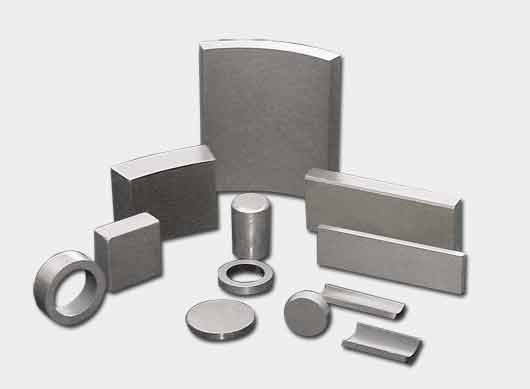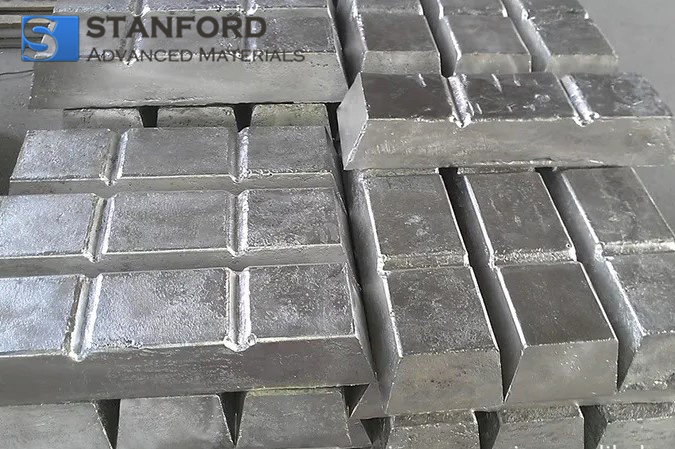What Is Cobalt Used In Everyday Life
Introduction
Cobalt, with the chemical symbol Co, an atomic number of 27 and a melting point of 1495℃, is a metal with a high melting point. It presents ductility, ferromagnetism and a silvery grey metallic lustre. Despite limited availability, cobalt is used in several industrial processes. It has been referred to as "industrial Mononatriumglutamat" and "Industrial Tooth". This article examines the specific applications of cobalt in daily life and documents its role as a strategic resource.
Cobalt Resources and Reserves
Cobalt resources occur predominantly in copper–cobalt, nickel–cobalt, arsenic–cobalt ores and pyrite deposits. Independent cobalt minerals are rare. Manganese nodules on the seabed may serve as a long‐term source of cobalt. The scarcity of cobalt, recognised as a key strategic resource, confirms its importance in various sectors.

Applications of Cobalt in Various Forms
Traditional Applications:
- Battery Materials: Cobalt forms part of battery materials. It contributes to the efficiency and performance of different batteries.
- Heat-Resistant Alloys: Owing to its high temperature resistance, cobalt is incorporated in the production of alloys used at elevated temperatures.
- Tool Steels and Cemented Carbides: Cobalt increases hardness and durability in tool steels and cemented carbides.
- Magnetic Materials: Owing to its ferromagnetic properties, cobalt is used in the manufacture of magnetic materials.
Compound Forms:
- Catalysts and Drying Agents: Cobalt compounds serve as catalysts and drying agents in chemical processes.
- Reagents: Cobalt compounds act as reagents in several chemical reactions.
- Pigments and Dyes: Cobalt compounds are employed in the manufacture of pigments and dyes that impart colour to products.
Radioactive Applications:
- Cobalt-60: This radioactive isotope is used in biochemistry for activation analyses, in electroplating, in corrosion studies, in catalytic tracer research and in medical treatments such as radiological examinations and therapies.
Industrial Applications
Cobalt is applied across various industrial sectors because it withstands high temperatures, resists corrosion and exhibits reliable magnetic behaviour. Aerospace, mechanical engineering, the electrical and electronics industries, and the chemical and ceramic sectors utilise cobalt as a fundamental raw material. It is used in the production of high-temperature alloys, cemented carbides, ceramic pigments, catalysts and batteries.
Magnetic Characteristics of Cobalt
Cobalt is distinguished among metals by its magnetic attributes. It retains magnetism after a single magnetisation. With a Curie point of 1150℃, cobalt maintains magnetism more effectively than iron and nickel. Cobalt is used in high-performance magnetic materials. In comparisons with conventional magnet steel, cobalt steel exhibits lower magnetism loss under vibratory conditions.

Conclusion
In conclusion, cobalt is an essential element in daily applications and industrial processes due to its clearly defined uses and properties. It is used in battery manufacture and in the production of high-performance magnetic materials. Given that industry continues to progress, the strategic significance of cobalt in materials science, technology and manufacturing remains documented. Stanford Advanced Materials (SAM) has supplied a range of rare earth metals and their compounds for over 20 years. For inquiries and orders regarding cobalt or other materials, please contact SAM, which provides quality materials at competitive prices.
Stanford Advanced Materials (SAM) is available for further information.

 Bars
Bars
 Beads & Spheres
Beads & Spheres
 Bolts & Nuts
Bolts & Nuts
 Crucibles
Crucibles
 Discs
Discs
 Fibers & Fabrics
Fibers & Fabrics
 Films
Films
 Flake
Flake
 Foams
Foams
 Foil
Foil
 Granules
Granules
 Honeycombs
Honeycombs
 Ink
Ink
 Laminate
Laminate
 Lumps
Lumps
 Meshes
Meshes
 Metallised Film
Metallised Film
 Plate
Plate
 Powders
Powders
 Rod
Rod
 Sheets
Sheets
 Single Crystals
Single Crystals
 Sputtering Target
Sputtering Target
 Tubes
Tubes
 Washer
Washer
 Wires
Wires
 Converters & Calculators
Converters & Calculators
 Write for Us
Write for Us

 Chin Trento
Chin Trento



